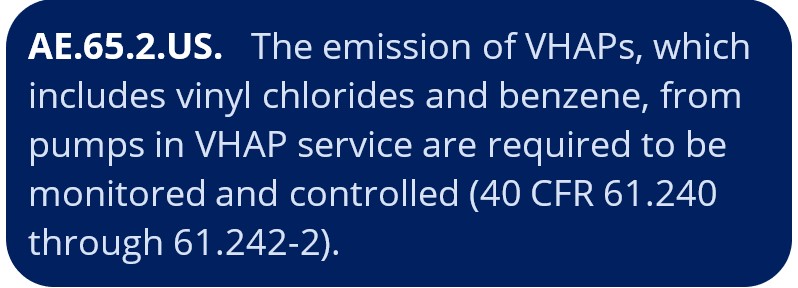Since the creation of EPA in 1970, companies have seen growth in the number of environmental regulations, tied key performance indicators more closely to regulations, and shown global acceptance that government-led initiatives are required to drive change.
These conditions led businesses to adopt EHS Compliance Programs: to meet the requirements of increased environmental regulation at the global, national, and local levels and have the processes in place for employees to be accountable to corporate goals when it comes to compliance.
In this blog series, RegScan will examine the six pillars of an EHS compliance program. The first four are implementation pillars meant to provide consistency across a business, create employee-level accountability, and offer transparency to regulators, auditors, and stakeholders. The last two are verification pillars which demonstrates that the organization is serious and committed to implementing its Compliance Program fully and effectively.
Implementation Pillar #2: Requirements and Obligations
The second pillar of the Compliance Program is requirements, sometimes referred to as obligations. Check out the Implementation Pillar #1: Legal Registers as a starting point for your EHS compliance program.
Businesses, facilities, and products must comply with all applicable and relevant requirements. These requirements may be sourced from different places, including the Legal Register, government-issued permits and licenses for certain equipment or operations at the sites (i.e., air permits), and business expectations (i.e., best business practices).
The requirements that are sourced from the Legal Register or government-issued permits are considered regulatory requirements. Typically, these are the articles or sections of the laws and the conditions of the permit that state: “shall” or “must”.

In the example above, the emission of VHAPS from pumps in VHAP service, are REQUIRED to be monitored and controlled. This is how the requirement is identified.
Permit conditions are regulatory requirements that are based on your facility’s or site’s equipment and/or operations. The permit conditions are often identical to or they correspond with regulatory requirements from the Legal Register. Where identified by the government as necessary, the permit conditions may go above and beyond the Legal Register by including additional or more stringent requirements.
Business expectations are non-regulatory requirements which come from business policies, practices, and programs. Depending upon the organization’s compliance maturity, your organization may have many different non-regulatory requirements, or there may be none.
RegScan supports clients with the regulatory requirements which are sourced from the Legal Register. Our team of legal and EHS professionals look at the laws in detail and break down the Articles and Sections of the laws into these requirements.
RegScan provides clients with an easy-to-use applicability process that helps determine which regulatory requirements align with their risks. This can be completed by looking at topics and subtopics, or even using key questions to understand the risks at a given facility.
